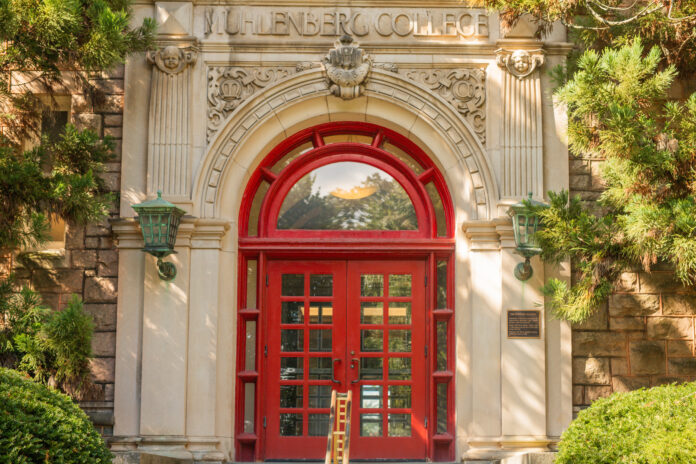On Sept. 8, Muhlenberg College was brought onto the national stage with a feature in The New York Times article “The College Access Index Returns.” This piece delves into the concept of economic diversity within the realm of higher education. In the wake of the Supreme Court’s 2023 decision repealing affirmative action, economic diversity is now seen by many as a way to continue the effort to increase racial diversity within college campuses. Muhlenberg College is one school with the goal of increasing economic diversity in its sights.
President Kathleen Harring, Ph.D., explained how the College’s association with The American Talent Initiative (ATI) has helped them achieve this commitment. Harring noted that “Muhlenberg joined the American Talent Initiative in 2018. Our current commitment is to enroll at least 20 percent Pell-eligible students in each first-year class. In 2021, I was asked to join the ATI national steering committee along with five other presidents and chancellors from Princeton, Wellesley College, the University of Illinois at Urbana-Champaign, the University of California-Merced and the University of Dayton.”
For context, Pell Grants are awarded to students who display significant financial need. The ATI describes itself as “a Bloomberg Philanthropies-supported collaboration between the Aspen Institute’s College Excellence Program, Ithaka S+R, and a growing alliance of colleges and universities dedicated to substantially expanding opportunity and access for low and moderate-income students.” In order to become a member institution, a school must have at least a 70 percent graduation rate. By 2025, the organization desires “at least 50,000 more high-achieving, low and moderate-income students,” according to Harring.
The New York Times’ goal in creating the index was to “help readers understand which colleges were already enrolling economically diverse classes before the Supreme Court decision—and therefore can serve as a model for others.” According to The Times, Muhlenberg had one of the largest increases in Pell-eligible students, with the school moving from 8 percent in 2010-2011 to 20 percent in 2020-2021. Currently, 22.5 percent of the Muhlenberg student body is Pell-eligible.
Harring outlined the College’s initiative to increase the economic diversity of its student body saying, “We’ve deepened our relationships with community-based organizations and created targeted admissions programs that have allowed us to broaden and diversify the pool of prospective students. We’ve invested more in need-based aid. We added additional cohorts to the Emerging Leaders program.”
She continued noting, “In 2018, we founded a chapter of Alpha Alpha Alpha, the first-generation honor society, on campus—the fourth institution in the country to do so. Faculty and staff created new support systems, like the first generation student support network and the Graduate School Preparatory Program, to ensure that students from diverse backgrounds thrive and succeed.”
Harring explained that Muhlenberg was highlighted by Bloomberg Philanthropies being named an ATI High-Flyer institution. “We were one of only 28 institutions recognized by ATI as leaders in college access and success for low- and moderate-income students,” said Harring.
Describing her personal connection to the issue, Harring stated “My father was the first and only person in his family to attend college. My siblings and I were taught the value of education through his experience. From that, I developed a deeper understanding of how a college education changes the lives of individual students but also the lives of their families for generations to come.”
Katie is a Media & Communication and Political Science double major in the class of 2024. When she's not working on the paper you can find her blasting Taylor Swift, reading Jane Austen, or crying over Little Women (2019).























